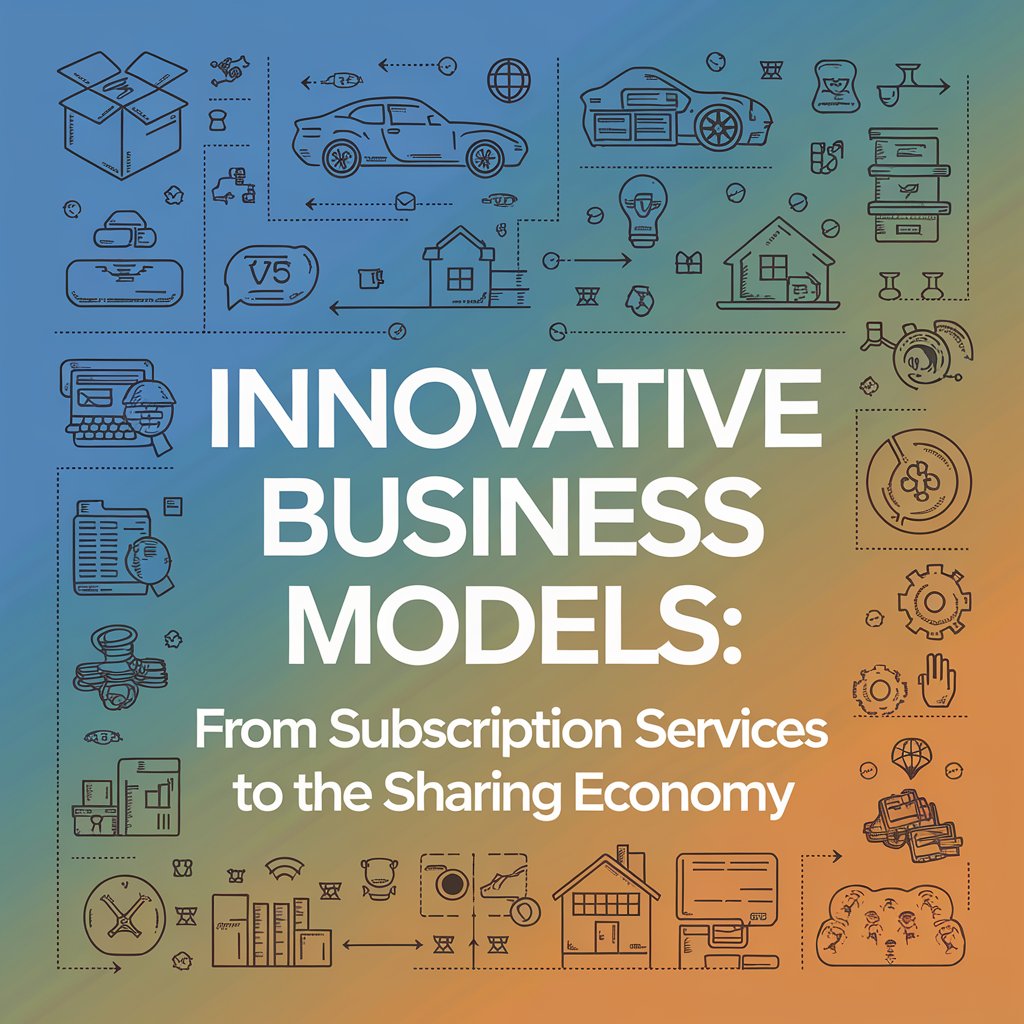In recent years, innovative business models have transformed industries across the globe. Two prominent examples are subscription services and the sharing economy. Both of these models reflect shifts in consumer behavior, technological advancements, and changing economic landscapes. This article delves into how these business models function, their key characteristics, and their impact on various industries.
Subscription Services
Subscription services have gained tremendous popularity in a wide range of industries, including entertainment, retail, and software. This business model involves customers paying a recurring fee, usually monthly or annually, to access products or services. Some well-known subscription-based companies include Netflix, Spotify, Amazon Prime, and Adobe.
Key Features:
- Recurring Revenue: Subscription models provide businesses with a predictable revenue stream, which allows for better financial planning and stability.
- Customer Loyalty and Retention: Since customers pay regularly for access, businesses focus on keeping them satisfied, improving retention rates and fostering long-term relationships.
- Continuous Product Development: Subscription models enable companies to constantly update and improve their offerings, creating value over time. For example, software-as-a-service (SaaS) companies regularly release updates and new features.
- Lower Upfront Costs for Customers: Instead of making large, one-time purchases, customers can spread the cost of services over time, making them more accessible.
Impact on Industries:
- Entertainment: Platforms like Netflix and Spotify revolutionized how people consume media, moving from ownership (buying DVDs or CDs) to access (streaming movies, TV shows, and music).
- Retail: Companies like Amazon and Dollar Shave Club offer subscription-based delivery services, making shopping more convenient for customers who regularly purchase the same products.
- Software: SaaS companies such as Microsoft (with Office 365) and Adobe (with Creative Cloud) have shifted from selling standalone software to subscription services, providing continuous updates and reducing software piracy.
The Sharing Economy
The sharing economy, also known as the collaborative economy or peer-to-peer (P2P) economy, is based on the idea of sharing or renting access to goods and services. Companies like Airbnb, Uber, and TaskRabbit have capitalized on this model, which allows individuals to share resources they own, such as homes, cars, or skills, in exchange for payment.
Key Features:
- Asset Utilization: The sharing economy maximizes the use of underutilized assets, such as a car or an empty room, turning them into sources of income for the owner.
- Decentralized Platforms: These business models typically rely on online platforms to connect service providers with customers, reducing the need for traditional intermediaries.
- On-Demand Access: Consumers gain access to goods and services on-demand, paying only for what they use instead of owning the asset.
- Flexibility: Both service providers and customers benefit from flexibility. For instance, drivers can choose when to work on Uber, while travelers can find accommodations tailored to their specific needs on Airbnb.
Impact on Industries:
- Transportation: Uber and Lyft have disrupted traditional taxi services, offering more flexible and often cheaper transportation options.
- Hospitality: Airbnb has challenged the hotel industry by providing a broader range of accommodation options, from spare rooms to entire homes.
- Labor Markets: Platforms like TaskRabbit and Upwork connect freelancers with clients, changing the nature of employment and enabling more people to engage in gig work.
FAQs
1. What are the main advantages of subscription services for businesses? Subscription services provide businesses with a stable, recurring revenue stream, promote customer loyalty, and allow for continuous product development.
2. How does the sharing economy differ from traditional business models? The sharing economy focuses on maximizing the use of underutilized assets and relies on decentralized platforms to connect service providers with customers, as opposed to traditional models where businesses own and operate all assets directly.
3. Are there any drawbacks to the subscription model? Some customers may experience “subscription fatigue” if they are required to pay for too many recurring services. Additionally, businesses must work continuously to provide value, as customers can cancel their subscriptions at any time.
4. What industries are most impacted by the sharing economy? Industries such as transportation, hospitality, and freelance labor markets have been significantly impacted, with services like Uber, Airbnb, and Upwork leading the charge.
5. How has technology influenced these business models? Technology has been a key enabler for both subscription services and the sharing economy. Online platforms, mobile apps, and cloud computing allow companies to scale and provide seamless experiences for customers and service providers alike.
Conclusion
Both subscription services and the sharing economy represent fundamental shifts in how businesses operate and how consumers engage with products and services. Subscription services offer the convenience of regular access to products while ensuring steady revenue for businesses. On the other hand, the sharing economy unlocks value from underutilized assets and provides flexible, on-demand solutions for consumers. These models will likely continue evolving as technology advances, further disrupting traditional industries and creating new opportunities for businesses and consumers alike.
